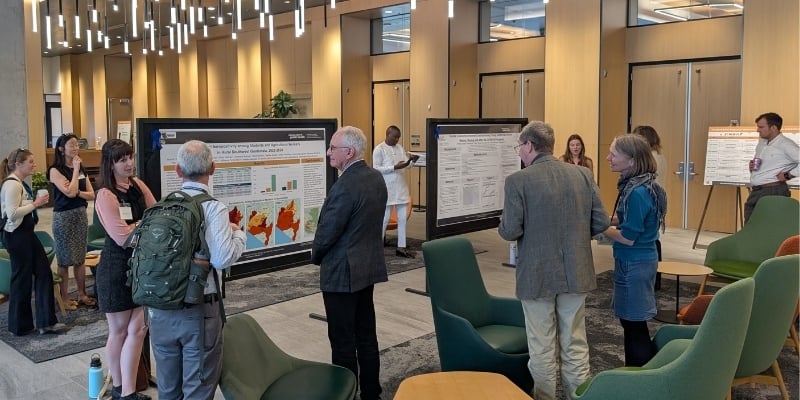Researchers from the Center for Health, Work & Environment (CHWE) at the Colorado School of Public Health have published a paper in the International Journal of Environmental Research and Public Health studying the effectiveness of applying Total Worker Health (TWH) in an international context. The study, led by a team at CHWE, is the first to examine how a TWH framework operates outside of a western context in Latin America workforces.
"Although recent reviews show that TWH intervention studies have had some global reach, the vast majority have been conducted in Western countries," says lead researcher Diana Jaramillo. "While global organizations, as well as governmental entities in Latin America, acknowledge the importance of this integrated approach to occupational health and safety, there are no studies exploring the implementation of the TWH approach in Latin America, to our knowledge." This region, which encompasses many low- and middle-income countries and diverse cultures, is in great need of TWH interventions to protect and promote the health of their workforce.
In the published manuscript, the researchers explored three novel concepts: the applicability of TWH theories in 1) a Latin American cultural setting; 2) a vertically integrated agribusiness; 3) within a multinational organization. The team took a community-based participatory research approach to adapt existing TWH tools and training. They convened stakeholders, interviewed health and safety champions and senior leaders, and identified TWH strategies that needed tweaking to meet the conditions of workers from very different backgrounds and with very different needs.
The case study documents the collaboration with Pantaleon, one of the largest agribusinesses in Latin America. CHWE partnered with the company in 2016 to engage in a series of projects to evaluate and address health and safety for the company's thousands of employees. One aspect was the process and adaptation strategy for conducting a TWH assessment at multiple organizational levels and in multiple countries including Guatemala, Nicaragua, and Mexico. The summary provides support for designing TWH interventions that can be adopted and implemented in global enterprise-level settings that span a diverse range of agriculture work functions from the corporate offices to the sugarcane fields.
"This case study represents a way to reach thousands of vulnerable workers in a large Latin American agribusiness and the opportunity to explore TWH research, translation and dissemination across different countries and cultures," adds Jaramillo. In the long term, they expect this approach to improve employee health, safety and well-being, and ultimately, productivity in meaningful and measurable ways.






